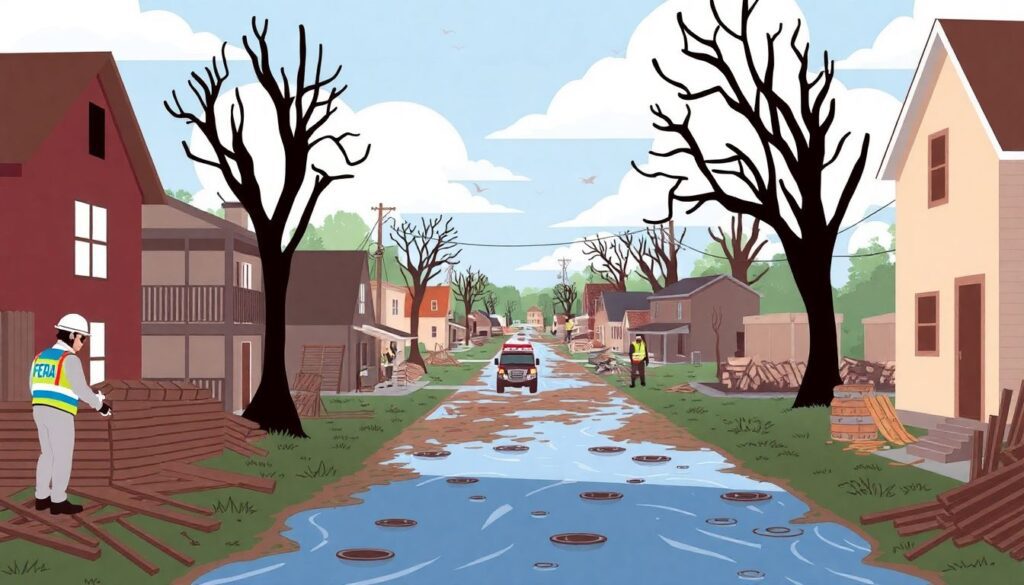Welcome to our detailed exploration of the recent federal disaster assistance announcement in Missouri. We’ll dive into the specifics of the assistance, the affected areas, and how this aid will help the community recover from the severe storms that swept through the region in early November. Let’s embark on this journey together, uncovering the resilience and support that defines Missouri during challenging times.
Several counties in Missouri have been declared eligible for federal disaster assistance following a series of early November storms.
In the wake of the tempest that tore through Missouri, the once-peaceful landscapes now bear the stark contrast of nature’s wrath. Uprooted trees, scattered debris, and structures reduced to mere fragments paint a stark picture of the storms’ ferocity. Yet, amidst the chaos, there’s a palpable sense of resilience and hope, as communities begin to rally together, ready to rebuild and restore their beloved hometowns.
FEMA workers, clad in their distinctive vests, are a beacon of hope amidst the devastation. They navigate the affected areas with purpose, assisting families in distress, coordinating relief efforts, and ensuring that no one is left to face this ordeal alone. Their presence is a reminder that even in the darkest times, there’s a helping hand ready to extend support and guidance.
Repair and reconstruction efforts are already underway, with the steady hum of machinery a constant soundtrack to the rebirth of these communities. Roofs are being patched, walls rebuilt, and streets cleared, each small step forward a testament to the unyielding spirit of Missouri’s residents. As the dust settles and the remnants of the storms are cleared, a new chapter begins to unfold, one that speaks of strength, unity, and an unbreakable will to rise again.
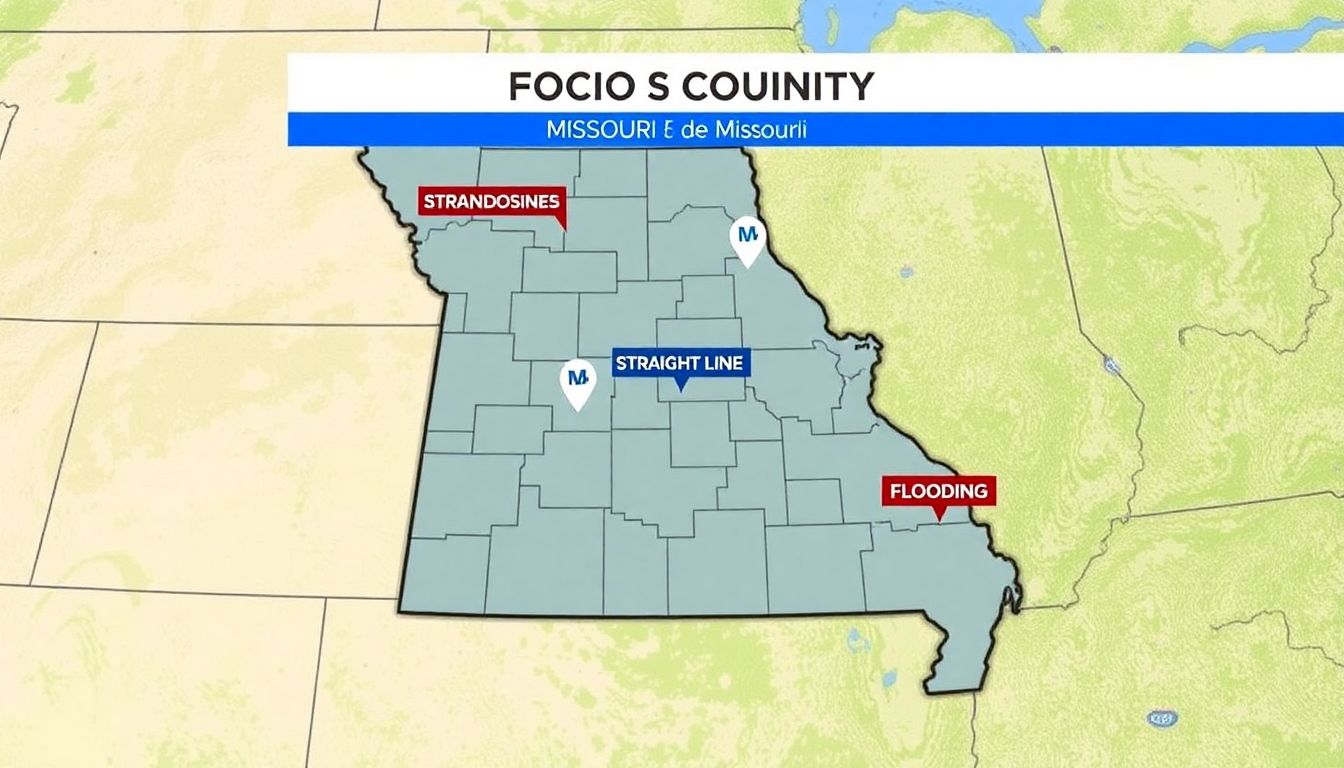
The Storms and Their Impact
In the early days of November, Missouri found itself in the crosshairs of a severe storm system that left a trail of destruction in its wake. The storms began their onslaught on the night of November 1, with the National Weather Service issuing multiple tornado warnings and severe thunderstorm alerts across the state.
As the storms surged, they brought forth a trifecta of devastating forces: tornadoes, straight-line winds, and heavy rains leading to flooding. The tornadoes, some reported to be of EF-3 intensity, left behind a path of destruction as they tore through communities, leaving
- toppled trees,
- damaged homes,
- power outages,
- infrastructure damage
and
in their wake.
The straight-line winds, reaching speeds of up to 90 mph, further exacerbated the destruction. These powerful gusts
- uprooted trees,
- overturned vehicles,
- damaged roofs,
- snapped power lines,
and
causing extensive damage and making roads impassable. Meanwhile, the torrential downpours triggered widespread flooding, particularly in low-lying areas and near waterways.
The immediate aftermath of the storms was marked by a statewide effort to assess the damage and provide aid to affected communities. On November 2, the Governor of Missouri declared a state of emergency, mobilizing the Missouri National Guard and other state resources to assist with recovery efforts. In the following days, residents and volunteers worked tirelessly to clear debris, restore power, and support those displaced by the storms.
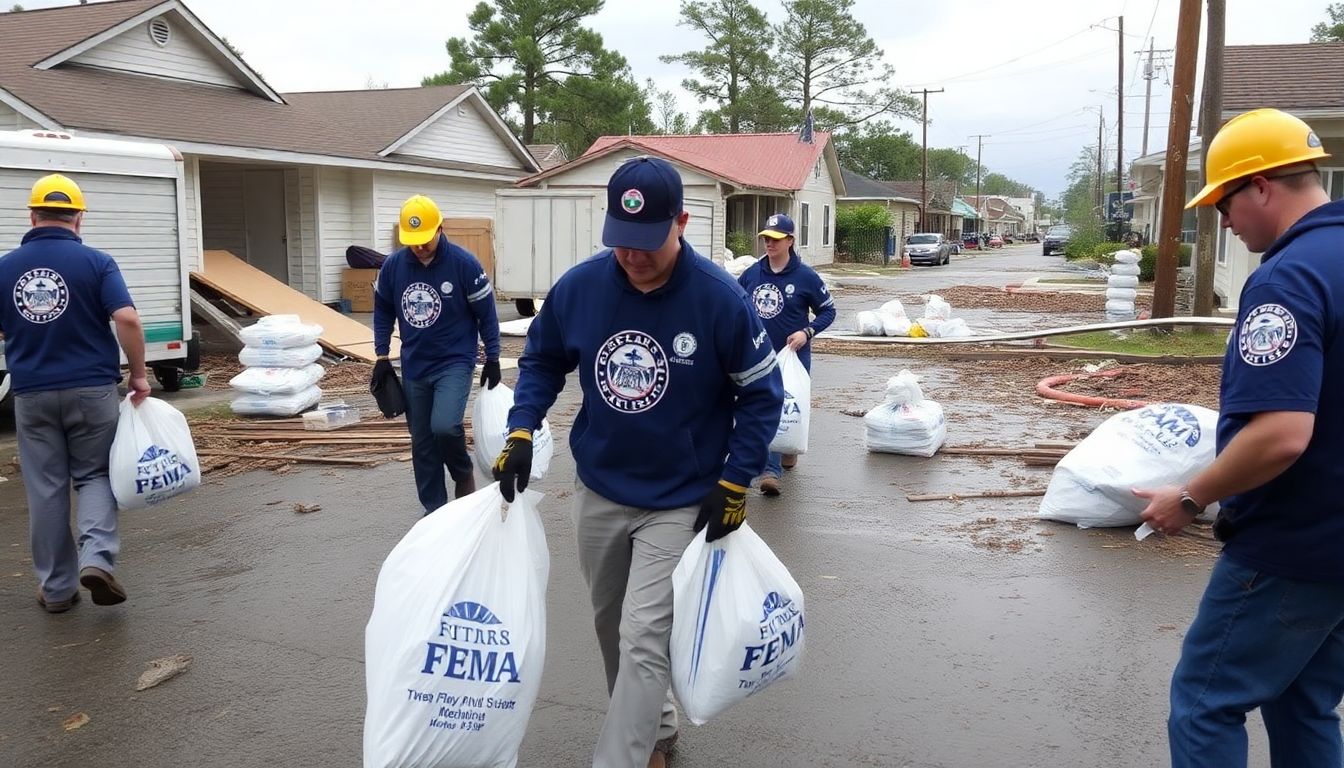
FEMA’s Role in Disaster Recovery
The Federal Emergency Management Agency (FEMA) plays a pivotal role in coordinating and providing federal disaster assistance when local and state resources are overwhelmed. FEMA’s mission is to help people before, during, and after disasters, aiming to build a culture of preparedness across the nation. When a disaster strikes, FEMA works closely with state, tribal, and local governments to ensure that resources are effectively channeled towards response and recovery efforts.
FEMA offers various types of funding to support disaster-stricken areas, with programs typically operating on a cost-sharing basis. Here are some key funding types:
- Public Assistance (PA): Funds are allocated to state, tribal, and local governments, as well as certain private nonprofit organizations, for emergency work and the repair or replacement of disaster-damaged facilities.
- Individual Assistance (IA): Provides financial help and direct services to individuals and households affected by a disaster, covering needs like temporary housing, home repairs, and other serious disaster-related expenses.
- Hazard Mitigation Grants: These are designed to help communities rebuild in a way that reduces future risk from disasters, thus breaking the cycle of damage and repair.
The cost-sharing basis is a fundamental aspect of FEMA’s funding process. Typically, the federal share is not less than 75% of the eligible cost for emergency measures and permanent restoration. The remaining share is covered by the state, tribal, or local government applicants. This cost-sharing mechanism ensures that all levels of government are invested in the recovery process, fostering a collaborative approach to disaster management.
FEMA undertakes specific measures to address emergency work, repair or replacement of facilities, and hazard mitigation.
- Emergency Work: FEMA supports actions taken before, during, and immediately following a disaster to save lives, protect public health and safety, and minimize damage. This can include debris removal, emergency protective measures, and emergency public transportation.
- Permanent Work: This involves the restoration of damaged facilities to their pre-disaster condition. FEMA funds can cover the repair or replacement of public infrastructure, such as roads, bridges, schools, and other critical facilities.
- Hazard Mitigation: FEMA is committed to reducing future disaster risks. Through various mitigation programs, FEMA supports cost-effective measures that communities undertake to prevent or lessen the impact of future disasters. This can include actions like elevating homes in flood-prone areas, building safe rooms, and improving infrastructure to withstand natural hazards.
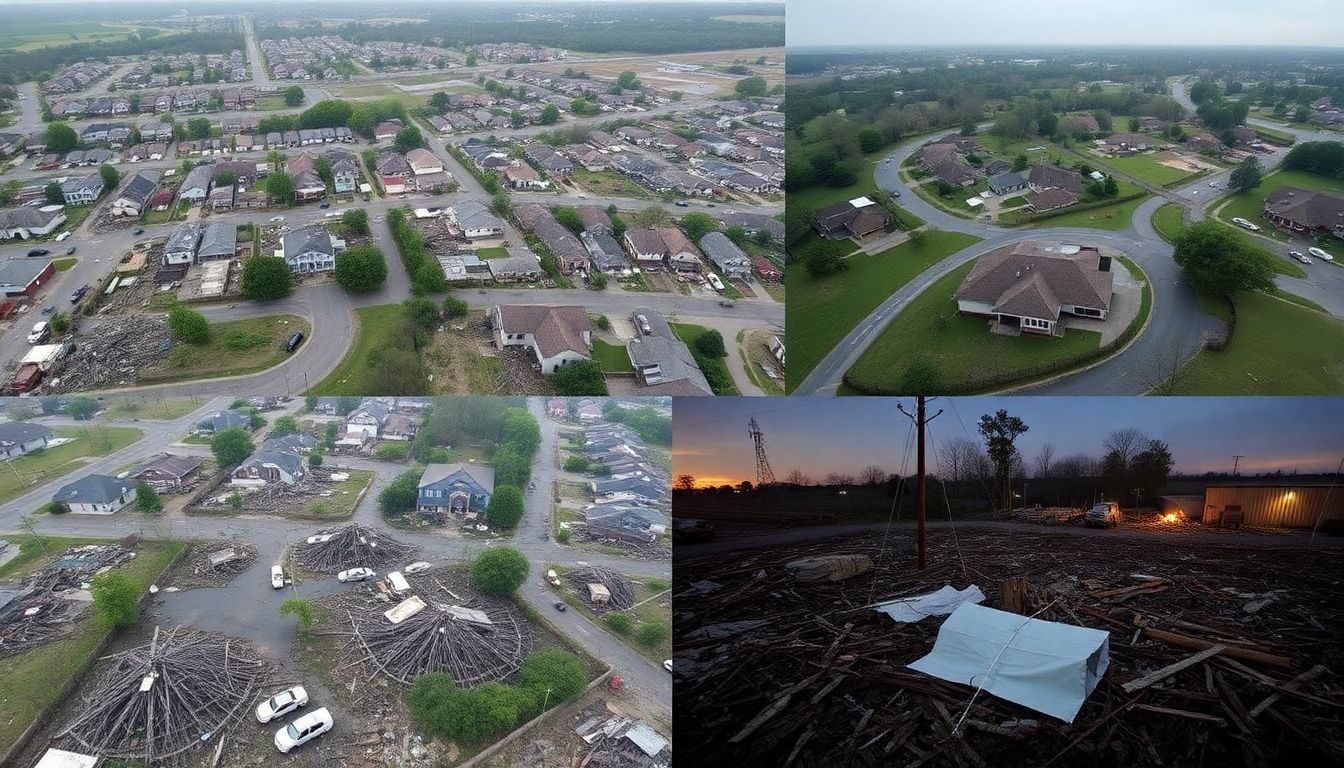
Eligible Counties and Their Needs
In the wake of recent natural disasters, several counties have been designated as eligible for federal assistance. These counties, including Harris, Galveston, and Brazoria in Texas, Orange and Seminole in Florida, and Placer and El Dorado in California, have each faced unique challenges that require targeted support.
Each of these areas has specific needs that must be addressed to facilitate recovery.
- Harris County, Texas, has seen extensive flooding, which has damaged infrastructure and displaced residents. Federal assistance is crucial for repairing roads, bridges, and public facilities, as well as providing temporary housing and financial aid to affected individuals.
- Galveston County, Texas, faces similar issues, with a particular emphasis on rebuilding its coastal economies, which rely heavily on tourism and fishing. Financial assistance can help local businesses resume operations and support affected workers.
- Brazoria County, Texas, needs support for agricultural recovery, as well as repairs to residential and commercial properties.
Meanwhile,
- Orange County, Florida, has been severely impacted by hurricanes, requiring federal funds for debris removal, infrastructure repairs, and community rebuilding efforts.
- Seminole County, Florida, shares similar needs, with an added focus on restoring public services and utilities.
- Placer County, California, devastated by wildfires, requires assistance for home repairs, ecosystem restoration, and support for affected businesses.
- El Dorado County, California, also grapples with wildfire recovery, needing funds for forest management, erosion control, and economic revitalization.
These counties illustrate a diverse range of needs, all of which require substantial federal support.
Federal assistance plays a pivotal role in helping these communities recover and rebuild. Without this support, local governments and residents would struggle to address the immense challenges they face.
- Federal funding can bridge gaps in local budgets, enabling critical repairs and recovery initiatives.
- Additionally, federal assistance helps stabilize local economies, supporting businesses and workers as they navigate the aftermath of disasters.
- By providing resources for debris removal, infrastructure repairs, and environmental restoration, federal aid accelerates the recovery process, ensuring that communities can return to normalcy more swiftly.
- Moreover, federal assistance addresses the humanitarian needs of affected individuals, offering temporary housing, financial aid, and access to essential services, thus alleviating some of the hardships faced in the wake of disasters.
In all, federal assistance is a lifeline for these counties, empowering them to rebuild, recover, and emerge more resilient.
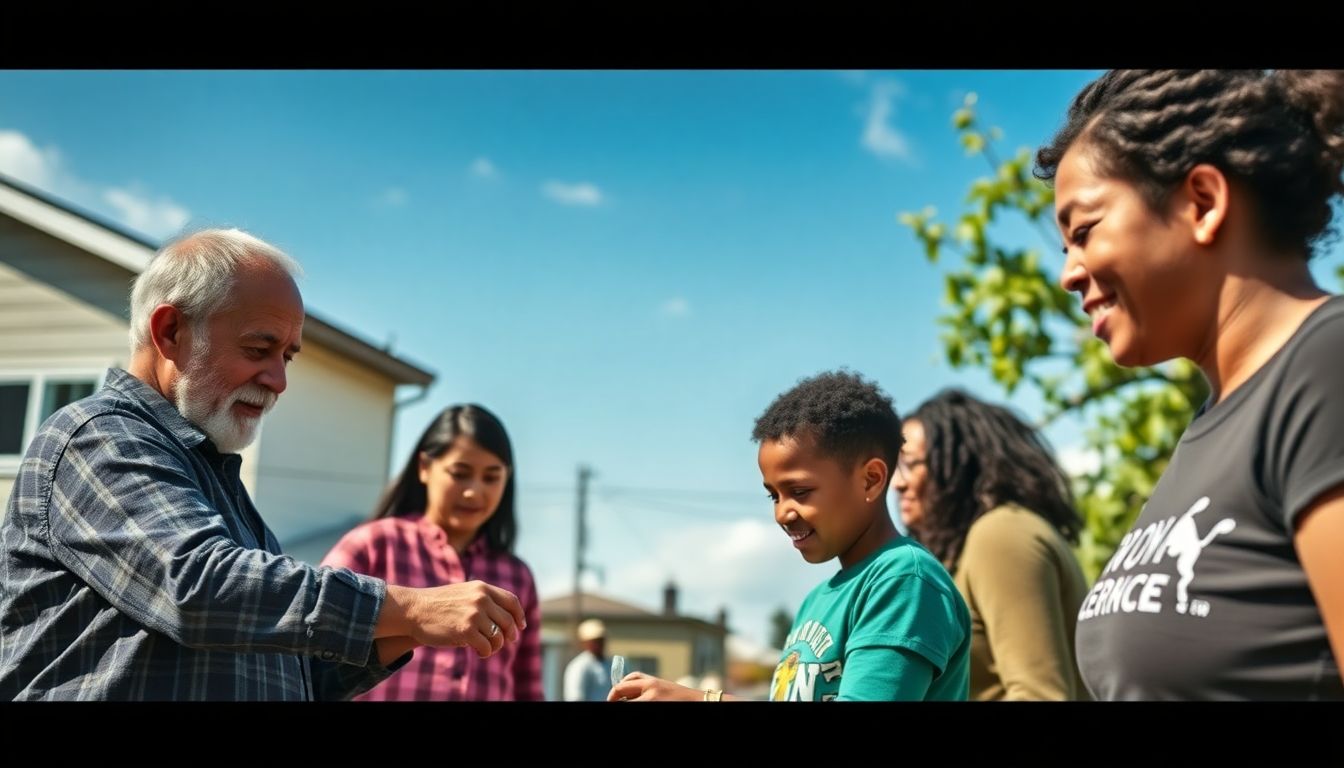
Community Resilience and Support
In the wake of devastating events, the resilience of affected communities has been nothing short of remarkable. Neighbors have banded together to clean up streets, share resources, and provide emotional support to one another. Local businesses have reopened their doors, even when faced with significant damage, offering a sense of normalcy and hope amidst the chaos. Residents have organized community meetings and volunteer efforts to ensure that everyone has access to essential needs, demonstrating an unyielding spirit that has inspired the nation.
Local governments have swiftly responded to the crisis, deploying emergency services and resources to support their communities. From setting up shelters for displaced residents to coordinating cleanup efforts, their swift action has been instrumental in the early recovery stages. Nonprofit organizations have also played a pivotal role, providing food, water, and essential supplies to those in need. Volunteers from across the region have converged on affected areas, offering their time and skills to help rebuild homes, clear debris, and support local initiatives.
The power of community has been most evident in the personal stories emerging from the aftermath. Take, for instance, the story of Ms. Johnson, a local teacher who turned her partially damaged home into a makeshift school to ensure that children had a safe and familiar place to learn while their school was being repaired. Or consider Mr. Lee, a retired contractor who spent days on end helping his neighbors repair their homes, refusing any form of payment except for a shared meal at the end of the day.
The positive impact of federal assistance has been immense and undeniable. Federal funds have been allocated to support rebuilding efforts, providing much-needed financial relief to communities. Federal agencies have also sent experts to assess damage, coordinate recovery efforts, and provide technical assistance. This aid has not only accelerated the recovery process but has also instilled a sense of hope and reassurance among residents. Some of the key areas where federal assistance has made a tangible difference include:
- Infrastructure repair and replacement
- Business recovery grants and loans
- Housing assistance for displaced residents
- Mental health services for affected individuals
FAQ
What types of federal funding are available to the affected counties?
Which counties in Missouri are eligible for federal disaster assistance?
What were the main types of damage caused by the severe storms?
How can affected communities apply for federal disaster assistance?
What measures are being taken for hazard mitigation?
- Assessing the risk of future disasters and implementing strategies to reduce their impact.
- Strengthening infrastructure to withstand severe weather events.
- Providing education and training to communities on disaster preparedness and response.



